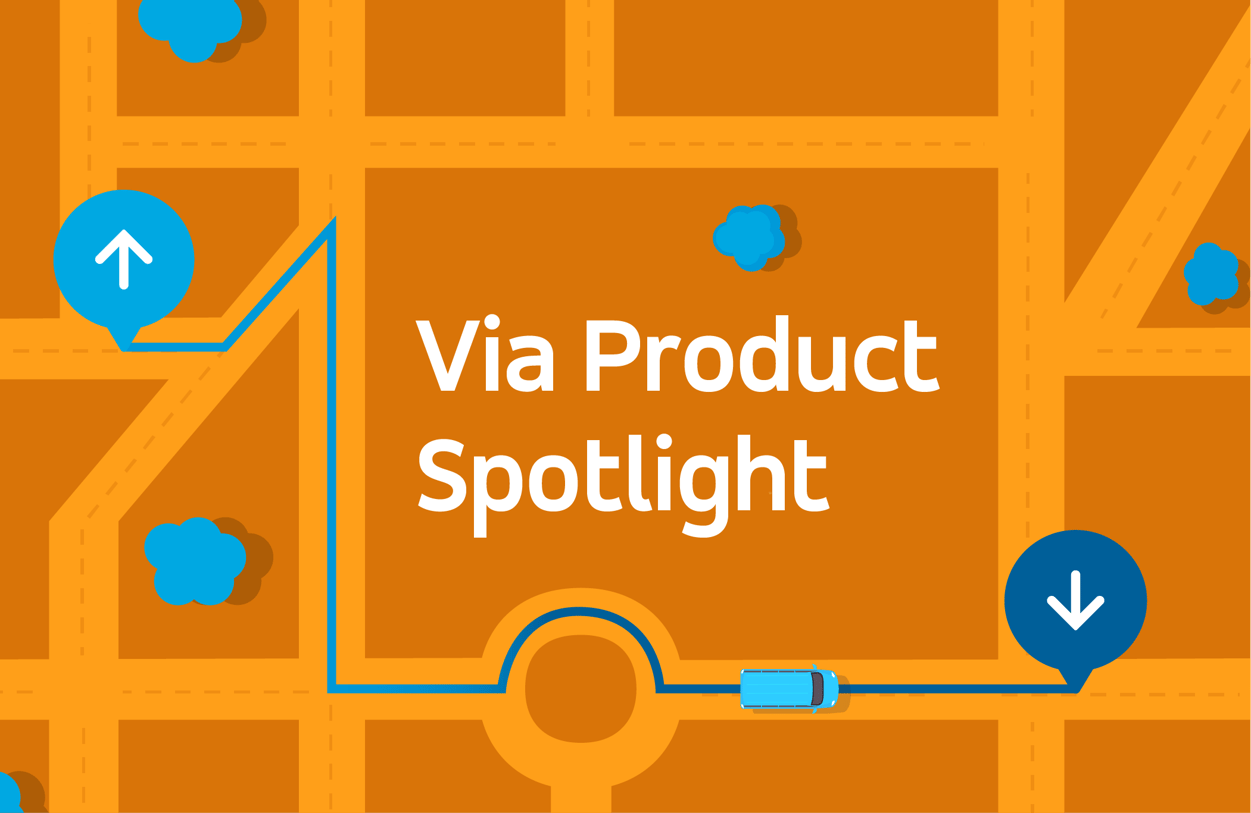Meet ViaAlgo, the brain behind Via's 500 worldwide deployments. In our ViaAlgo Features Series, get to know her expertise, honed by delivering millions of rides all over the globe.
ViaAlgo’s Routing Engine is an auto-scheduler that successfully balances two prime goals with which agencies often struggle when delivering paratransit: increasing vehicle productivity while streamlining trips so that passengers spend less time on board and arrive on-time. Solving this problem is often the main objective for schedulers, whether working manually or assisted by software. So how does the Routing Engine help ViaAlgo do this work more efficiently? First, get up to speed on Via's paratransit solution.
Now back to the Routing Engine, which helps ViaAlgo balance productivity and on-time performance by:
- By aggregating trips smartly, according to a range of parameters that can be customized to every agency.
- By incorporating historic road speed and service data so that trips are routed along the most efficient roads depending on time of day.
After paratransit bookings are closed for the day, ViaAlgo crunches all reservation requests — from recurring trips booked weeks before to new trips booked just that day — to generate the Ride Plan, a comprehensive set of manifests for every driver shift scheduled. Wherever possible, the Routing Engine attempts to minimize vehicle deadheading and maximize time when multiple riders are aboard, in order to increase vehicle productivity. At the same time, it also tests each potential route on a map augmented with road speed and service data in order to check that pickup and drop-off times are reasonable and that riders do not spend too much time onboard.
Let’s say ViaAlgo is considering whether to add both Lisa’s and Tom’s requested trips to Joe’s manifest. The Routing Engine asks a series of questions that guide whether ViaAlgo ultimately links these trips together:
- Where are Lisa and Tom going, and where are they coming from?
- What are Lisa’s and Tom’s requested “pick up at” or “drop off before” times?
- Will the route ensure that Lisa and Tom adhere to the agency’s guidance for maximum detour?
- On the proposed route, at the time the trip is due to take place, have traffic conditions been considered to make sure both passengers are picked up and dropped off on time?
In this instance, Lisa has asked to be dropped off by 8:30 for an appointment, while Tom has been asked to be picked up between 8:00-8:30. The Routing Engine advises linking Lisa’s and Tom’s trips together so ViaAlgo can accommodate both requests and comply with the half-hour window requirements defined by the agency.
And if something changes on the day of service? A vehicle breaks down, or traffic prevents Joe from getting to Tom’s pickup within his designated window? ViaAlgo constantly optimizes behind the scenes — and offers dispatchers a number of choices for reassigning trips, from the auto- and semi-automated Reassign Assistant, to fully manual reassign features.
- ViaAlgo Introduction: Lower costs while improving service for paratransit
- ViaAlgo's Routing Engine: Better routing balances increase productivity with reduced time onboard
- ViaAlgo's Assign AI: Increase efficiency servicewide
- ViaAlgo's Unassigned Rides: Easily find and dispatch requested trips not yet assigned to drivers
- ViaAlgo's Reassign Assistant: move today's trips with guidance from our efficiency-maximizing algorithm
- ViaAlgo’s Manual Assign and Protected Ride features: take control of your service with intuitive manual tools
- ViaAlgo’s Aggregator: Powering efficient, ADA-compliant commingling




%206.png?width=71&height=47&name=The%20Buzz%20Blog%20Hero%20(1750%20x%201200%20px)%206.png)